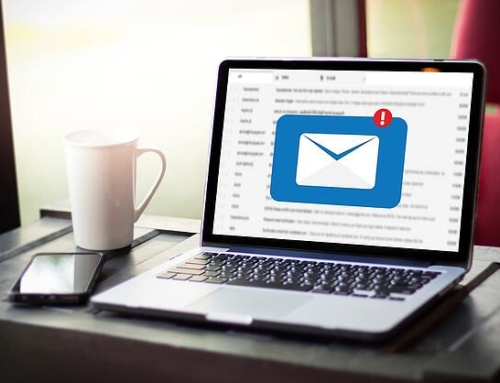The Importance of Email List Segmentation
Contrary to popular belief, email marketing is not a thing of the past. In spite of the increasing popularity, scope and reach of social media marketing, email campaigns are an integral part of focused content marketing. However, targeted email distribution is extremely important, especially when it comes to boosting conversion rates, open rates and click rates. This is precisely where list segmentation can make a difference.The Lyris Annual Email Optimizer report showed that 39% of marketers who segmented their email lists experienced higher open rates, 28% experienced lower unsubscribe rates, and 24% experienced better deliverability and greater revenue.
Simply put, email list segmentation is the process of dividing your email distribution lists into sub-groups and sending them highly specific or targeted messages. Targeting individual readers makes them more receptive to your messages, which in turn improves your email response rates. At the end of the day, personalization alone drives revenue. Segmenting your email lists can help you target your customers more accurately. It’s an effective way to customize your email content according to the needs and preferences of certain customer types.
Email list segmentation also has an overwhelmingly positive impact on subscriber engagement – better customer engagement translates into better conversion rates. It also keeps unsubscribe rates down, lowers abuse and improves your sender reputation.
Segmented Campaigns Perform Markedly Better than Their Non-Segmented Counterparts
Recently, MailChimp scanned their system for those who used their list segmentation tools and sent about 11,000 segmented campaigns to almost 9 million recipients. They sampled about 2,000 users with the above criteria and compared the results of those segmented campaigns to those of the same customers’ non-segmented campaigns. They further segmented the results based on a merge field (customer type, zip code, job title), signup date, interest groups and subscriber activity reports.
Opens: 14.45% higher than non-segmented campaigns
Unique Opens: 10.32% higher than non-segmented campaigns
Clicks: 63.71% higher than non-segmented campaigns
Abuse Reports: 5.73% lower than non-segmented campaigns
Unsubs: 8.68% lower than non-segmented campaigns
Segmented Campaigns Convert Potential Customers Markedly Better than Their Non-Segmented Counterparts
Per the 209-page MarketingSherpa 2013 Email Marketing Benchmark Report comprising more than 1,095 surveys with companies from all over the world, more than half of the respondents to the survey indicated they could segment their lists by email engagement behavior (55%) or purchase history (53%), but just 38% said the same about user-declared personal preferences.
Identifying and creating multiple buyer personas and appealing to these different groups is pretty challenging, especially if you don’t know what you’re doing. It’s extremely important and also requires loads of planning and talent. However, there are various tools that can help split your audience into separate groups, so that you can start speaking to them based on the needs of each group and convert every potential customer that comes your way. But, conversions alone are not what email marketing list segmentation is all about. It’s also about giving your audience exactly what they want by understanding their needs and ideally learning how to better serve them in the process.
Keeping your target audience in mind always is a sure shot way to ensure that your business has something to offer several potential types of ideal customers. Not every email will be relevant to everyone in your email distribution list. List segmentation drives the success of email marketing by giving every email a real chance to shine.




